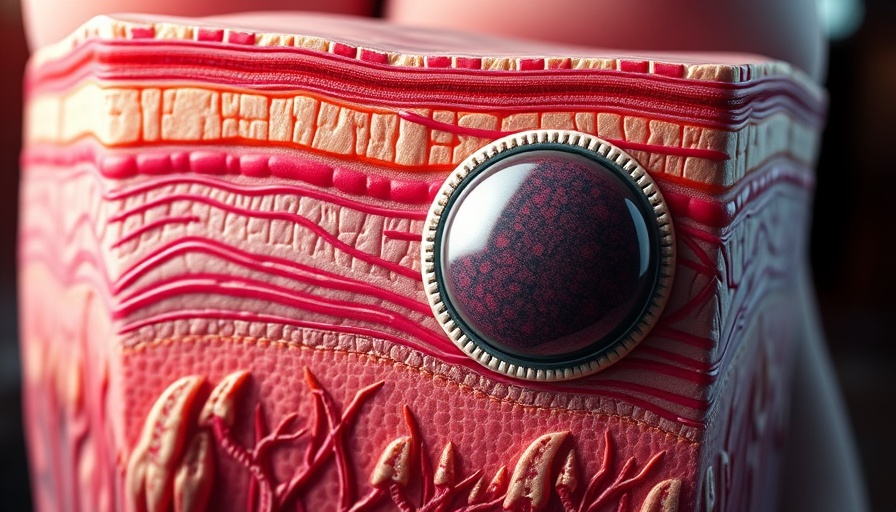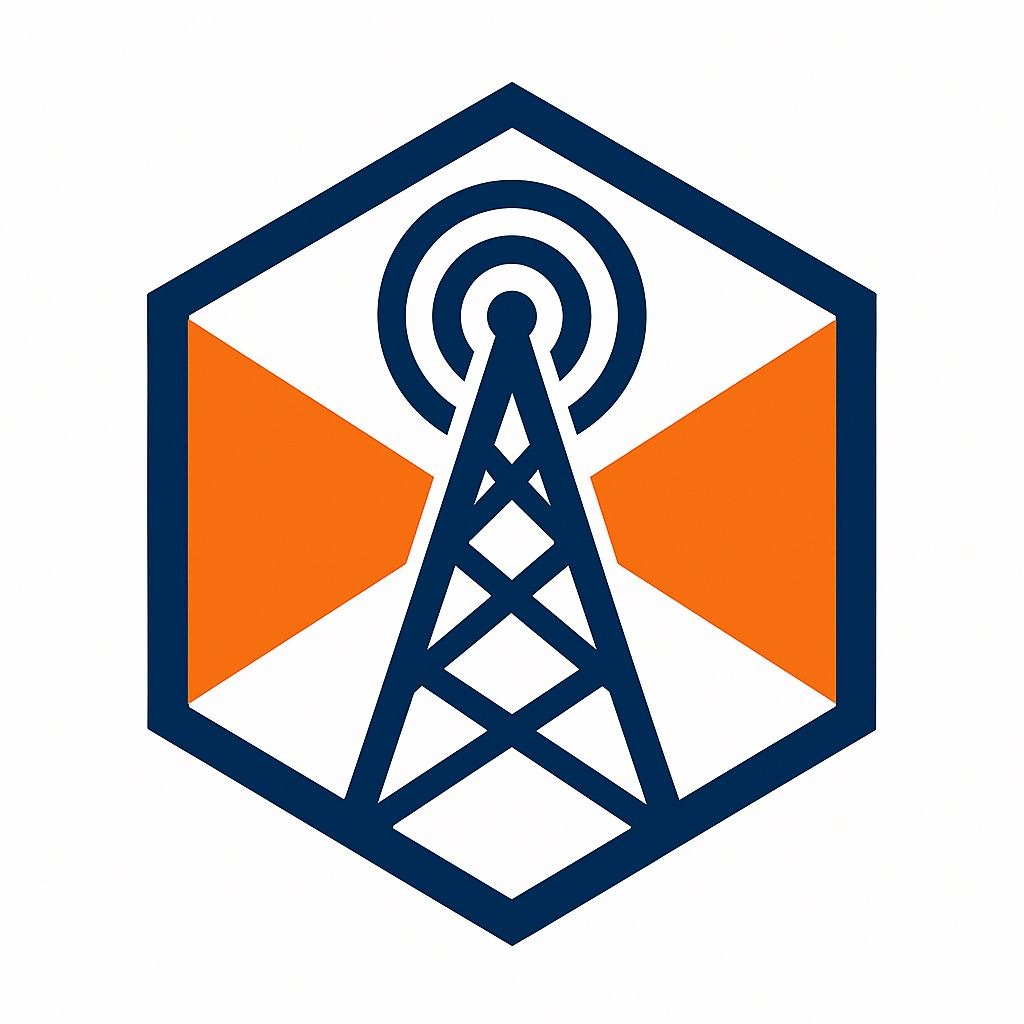
Promising Results for Quadruplet Regimen in Older Myeloma Patients
At a recent International Myeloma Society meeting in Toronto, new findings revealed that a revolutionary combination therapy could bring hope to older patients suffering from transplant-ineligible multiple myeloma. This study, which assessed a quadruplet regimen of daratumumab (Darzalex), lenalidomide (Revlimid), ixazomib (Ninlaro), and dexamethasone (D-RId), reported remarkable response rates in a population often facing limited options.
Understanding the Treatment
Dr. Andrew J. Yee from Massachusetts General Hospital Cancer Center presented data showing an impressive overall response rate of 92.4%, with nearly 70% achieving a very good partial response or better. These outcomes could signal a shift in how myeloma is treated, particularly for patients who may be too frail for more aggressive therapies.
Empowering Older Patients
The study focused on adjusting the treatment regimen to better suit older populations. The initial dose of lenalidomide was reduced to enhance tolerability, and ixazomib was chosen over bortezomib as it is easier to administer orally. This is not just a detail; for older patients at risk of delicate health, such modifications are vital.
Looking Towards the Future
As this research progresses, its implications extend beyond clinical observations into broader health discussions. The study breakout by age and frailty shows that older patients still have avenues available for effective treatment, which previously seemed daunting. These findings could reshape guidelines and offer greater hope to those who often feel overlooked.
Conclusion: A Glimpse Ahead
With improved overall survival rates—93.6%—and manageable treatment options, the future appears brighter for older patients with multiple myeloma. This study may not only inspire changes in treatment protocols but also foster a deeper understanding of the unique needs of aging populations battling cancer.
 Add Row
Add Row  Add
Add 




Write A Comment